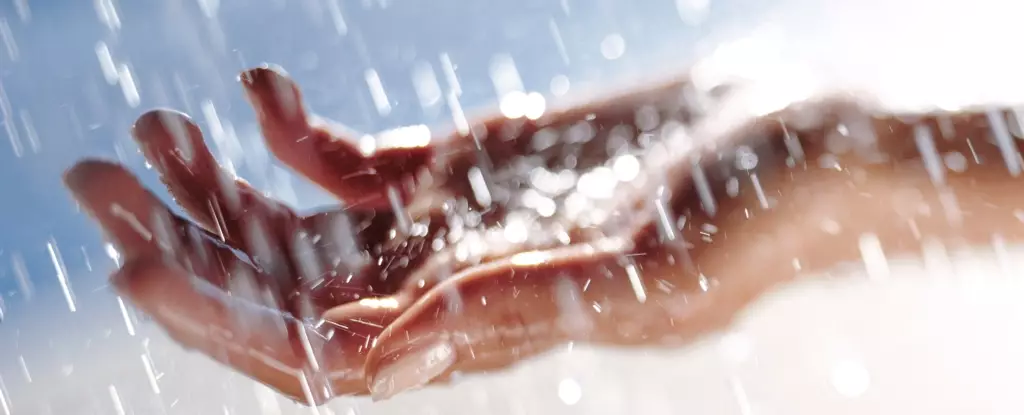Aquagenic urticaria, commonly known as “water allergy”, is a rare medical condition that has puzzled doctors and patients alike. One such case is that of Loren Montefusco, a 22-year-old from South Carolina, US, whose life is plagued by the excruciating sensation of a burning itch whenever her skin comes into contact with water. This mysterious condition triggers an abnormal immune response in the body, leading to the release of substances like histamine that cause hives, welts, and intense itching.
Researchers have identified specific genes, such as the FABP5 gene, which play a crucial role in skin barrier function and are associated with aquagenic urticaria. Mutations in this gene disrupt the skin’s ability to repel water, leading to an inflammatory response when water comes into contact with the skin. Additionally, variations in genes involved in immune regulation and skin integrity contribute to the susceptibility to this rare condition. By understanding the genetic basis of water allergy, personalized treatment approaches can be developed to target the underlying mechanisms of the disease.
With fewer than 100 reported cases globally, aquagenic urticaria is considered one of the rarest forms of hives. Despite its obscurity, the condition has a significant impact on the lives of those affected by it. Current trends suggest a gradual increase in cases, likely due to heightened awareness among healthcare professionals and improved diagnostic capabilities. Managing this rare allergy presents a formidable challenge for patients and healthcare providers, requiring a combination of conventional treatments and experimental therapies.
Conventional allergy treatments, such as antihistamines and corticosteroids, provide temporary relief from symptoms but may not address the underlying cause of water allergy. Experimental therapies, such as phototherapy and biologic agents, offer more targeted approaches to calming the immune response and reducing inflammation. Additionally, avoiding water can be a challenging task that requires careful planning and the use of protective barriers like emollient creams.
Living with a chronic and misunderstood condition like aquagenic urticaria can take a toll on the emotional well-being of patients. Support groups and counseling provide a safe space for individuals to navigate the challenges associated with their condition. By offering coping strategies and fostering resilience, patients can better cope with the uncertainties and stressors of living with water allergy, ultimately improving their overall quality of life.
Further investigation into the immune system mechanisms underlying aquagenic urticaria is crucial for the development of new and effective treatments. Clinical trials and studies evaluating the efficacy and safety of emerging therapies, such as phototherapy and biologic agents, are essential for advancing our understanding and management of water allergy. However, limited patient numbers pose a challenge to conducting these studies and translating research findings into practical solutions for those living with aquagenic urticaria.

Leave a Reply